Reports
-
- Technology Collaboration Programme (11)
- Clean Energy Transitions Programme (5)
- Clean Energy Transitions in Emerging Economies (2)
- People-Centred Clean Energy Transitions (2)
- CEM Hydrogen Initiative (1)
- Designing for fairness (1)
- Energy Efficiency in Emerging Economies (1)
- Global Commission for Urgent Action on Energy Efficiency (1)
-
Coal 2022
Analysis and forecast to 2025
Fuel report — December 2022

-

How to Avoid Gas Shortages in the European Union in 2023
A practical set of actions to close a potential supply-demand gap
Flagship report — December 2022
-
Renewables 2022
Fuel report — December 2022

-
Energy Efficiency 2022
Fuel report — December 2022

-
How Hybrid PV Technologies Can Contribute to the Decarbonisation of Thailand's Power System
Technology report — November 2022
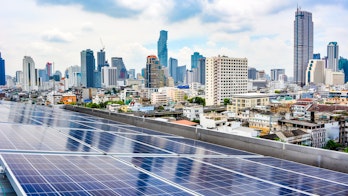
-
Frequently Asked Questions on Energy Security
The following information is based on the most recently available data and analysis from the IEA and will be updated periodically.
Report — 16 November 2022
-
Oil Market Report - November 2022
Fuel report — November 2022
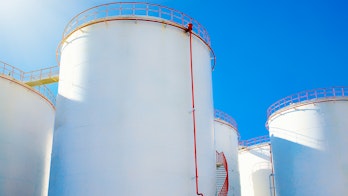
-
Coal in Net Zero Transitions
Strategies for rapid, secure and people-centred change
Fuel report — November 2022
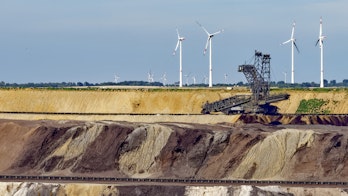
-
Never Too Early to Prepare for Next Winter
Europe’s gas balance for 2023-2024
Fuel report — November 2022

-

World Energy Outlook 2022
Flagship report — October 2022
-
Coping with the Crisis: Increasing Resilience in Small Businesses in Europe through Energy Efficiency
Proposed Energy Saving Strategies
Default report — October 2022
-
Oil Market Report - October 2022
Fuel report — October 2022
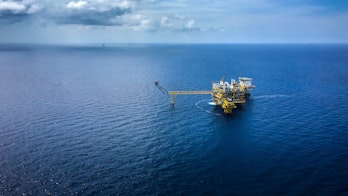
-
Gas Market Report, Q4-2022
Including Global Gas Security Review 2022
Fuel report — October 2022
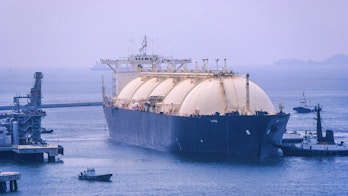
-
Global Hydrogen Review 2022
Technology report — September 2022

-
Breakthrough Agenda Report 2022
Accelerating sector transitions through stronger international collaboration
Default report — September 2022

-
An Energy Sector Roadmap to Net Zero Emissions in Indonesia
Country report — September 2022

-
Technology and Innovation Pathways for Zero-carbon-ready Buildings by 2030
A strategic vision from the IEA Technology Collaboration Programmes
Technology report — September 2022
-
By 2030 EVs represent more than 60% of vehicles sold globally, and require an adequate surge in chargers installed in buildings
Part of Technology and innovation pathways for zero-carbon-ready buildings by 2030
Technology report — September 2022
-
Residential behaviour changes lead to a reduction in heating and cooling energy use by 2030
Part of Technology and innovation pathways for zero-carbon-ready buildings by 2030
Technology report — September 2022
-
Targeting 100% LED lighting sales by 2025
Part of Technology and innovation pathways for zero-carbon-ready buildings by 2030
Technology report — September 2022
-
Solar thermal technologies deployed in around 400 million dwellings by 2030
Part of Technology and innovation pathways for zero-carbon-ready buildings by 2030
Technology report — September 2022
-
350 million building units connected to district energy networks by 2030, provide about 20% of space heating needs
Part of Technology and innovation pathways for zero-carbon-ready buildings by 2030
Technology report — September 2022
-
Solar PV and wind supply about 40% of building electricity use by 2030
Part of Technology and innovation pathways for zero-carbon-ready buildings by 2030
Technology report — September 2022
-
Approximately 100 million households rely on rooftop solar PV by 2030
Part of Technology and innovation pathways for zero-carbon-ready buildings by 2030
Technology report — September 2022